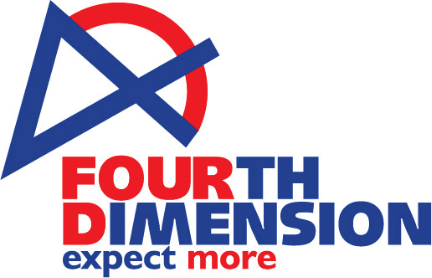How Cloud Transformation Eases the Burden of Technical Debt
Cloud Services
A new IDC report commissioned by Microsoft reveals that tech debt accumulated during the pandemic is something that will affect 50% of CIOs through the coming years. Technical debt may be expensive since it needs ongoing maintenance. Minimizing debt is a vital aspect that requires participation from every organizational component.
With cloud platforms, your organization can focus on innovation as the cloud provides pre-made building blocks for app creation and management. First, implement business process changes to rationalize systems and streamline the application landscape. Then, organizations can bring debt-ridden systems back into compliance and facilitate or expedite adjustments by using cloud technology.
How does the cloud transition help reduce technical debt?
The phrase "technical debt" describes the accumulation of flaws, concessions, and mediocre fixes that can jeopardize a system's long-term viability and efficacy.
The following are some ways that the cloud transition helps reduce technical debt:
1. Replacement of old and legacy Systems:
Organizations can replace old and legacy systems by migrating to the cloud from on-premises infrastructure.
By doing this, the technical debt incurred in patching and supporting outdated technology is decreased.
2. Dynamic Resource Allocation:
Depending on demand, cloud platforms allow for the dynamic allocation and de-allocation of resources.
By avoiding over- or under-provisioning, you can lower technical debt brought on by ineffective resource use.
3. Practices for Automation and DevOps:
Automated testing, deployment, and scalability are possible when CI/CD pipelines are implemented in the cloud.
This reduces the need for physical labour, lowers mistakes, and enhances system reliability, thereby addressing the technical debt associated with manual processes.
4. Operational Complexity Outsourcing:
A variety of managed services, including SLA management, desktop management, and network management, are provided by cloud providers.
Organizations can offload operational difficulties, lower maintenance costs, and lower technological debt by utilizing these services.
5. Built-in Security Features:
Security measures are a major investment made by cloud providers.
Organizations can benefit from these integrated security capabilities by moving to the cloud.
This helps lower the technical debt related to maintaining and updating their own security measures.
6. Pay-as-you-go approach:
Cloud services follow a pay-as-you-go approach, which enables businesses to grow resources in response to demand.
This adaptability enhances cost control. It avoids technical debt caused by excessive investments in permanent infrastructure.
7. Improved collaboration:
Development teams can work on projects simultaneously as technologies make collaboration easier.
Better collaboration minimizes communication gaps, prevents silos, and resolves technical debt-related coordination challenges.
8. Data Management & Analytics:
Cloud platforms provide data management and analytics to manage and analyze large datasets.
Organizations can reduce the technological debt resulting from ineffective data management procedures by moving to the cloud.
Conclusion:
Information technology in the future will be driven by automation, modern architecture, and cloud-based governance. IT managers need to have a thorough awareness of technical debt and how it affects their organization's capacity for innovation and expansion before they can develop a plan for handling it. The best way to provide this kind of visibility and comprehension framework is to collaborate with an MSP like Fourth Dimension Technologies. Please contact us here to book a meeting.
